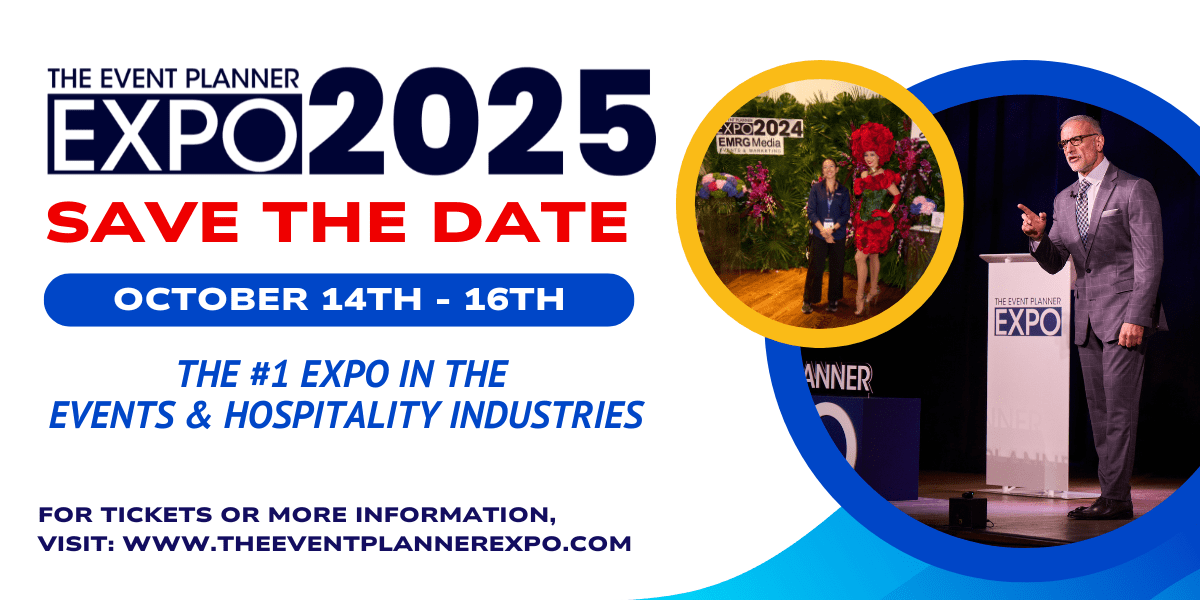Experiential Events That Sell Without Feeling Salesy

Event guests, especially in New York City, have no patience for gimmicks or pushy pitches. They want experiences that make them feel something real. And your corporate event clients know this. It's why there are so many companies looking to create those branded experiences. The secret isn’t louder branding or flashier booths. It’s moments that connect emotionally, spark curiosity, and let products speak for themselves.
Here’s how today’s top NYC event planners are turning event guests into buyers, quietly and powerfully.
What Experiential Selling Looks Like Now
Experiential selling turns the product into the experience itself. Guests don’t sit through a presentation. Instead, they live the story. It’s immersive, sensory, and memorable. Think less “here’s our product” and more “look how this fits into your world.”
Imagine guests customizing sneakers while sipping cocktails. Testing skincare under a rain mist installation. Walking through an exhibit powered by the very tech your brand sells. They’re discovering what your product does for them, firsthand.
Why It Works
People buy what they feel.
When someone experiences a product, it bypasses skepticism. Emotion drives memory, and memory drives action.
It builds trust instantly.
Guests see the product solving a problem in real time. They don’t need persuasion; they have proof.
It’s content gold.
Every interactive moment becomes shareable. Guests become your marketing team, posting, tagging, and expanding reach long after the lights go down.
How to Sell Without Selling
1. Turn the event into a living ad.
Design the venue space so the product becomes part of the environment. If you’re promoting furniture, build a lounge that guests can actually sit in. If it’s a food brand, make tastings part of the social flow. The key is integration. The more natural it feels, the stronger the connection.
2. Lead with play, not pitch.
Games, challenges, or surprises draw people in. Use a digital scavenger hunt, a mystery reveal, or a sensory quiz tied to your product. Play creates positive emotion, and people remember how you made them feel more than what you told them.
3. Create sensory anchors.
Sound, scent, and texture shape memory. A fragrance brand might use ambient notes that follow guests through the space. A tech company might pair haptic feedback with visual storytelling. Subtle sensory cues create emotional recall that keeps the brand top of mind.
4. Invite co-creation.
Let guests personalize or remix the product. When they design it, they own it. Ownership creates advocacy, and advocacy drives organic sales better than any script.
5. Make the exit as powerful as the entrance.
The last touchpoint seals the memory. So, give your guests a photo moment, a QR code for exclusive content, or a surprise takeaway that ties back to the product experience. Leave them with something they’ll talk about the next day.
Keep It Authentic
Experiential events only work when they feel real. Overproduction or forced messaging breaks the spell. Keep the focus on what guests gain, not what you’re trying to push. Build an atmosphere of discovery instead of persuasion.
If it feels like a commercial, you’ve already lost them. If it feels like a memory, you’ve won.
See How the Pros Do It
The Event Planner Expo 2025 kicks off tomorrow, and it’s where experiential event magic happens live. Walk through activations that blur the line between marketing and storytelling. Learn how top brands in New York City design experiences that move products and move people.
If you want your next event to sell without ever feeling like a sales pitch, now’s your moment.
Get your tickets (NOW! It starts tomorrow!) to The Event Planner Expo 2025 and experience how the best in the business make every interaction unforgettable.
